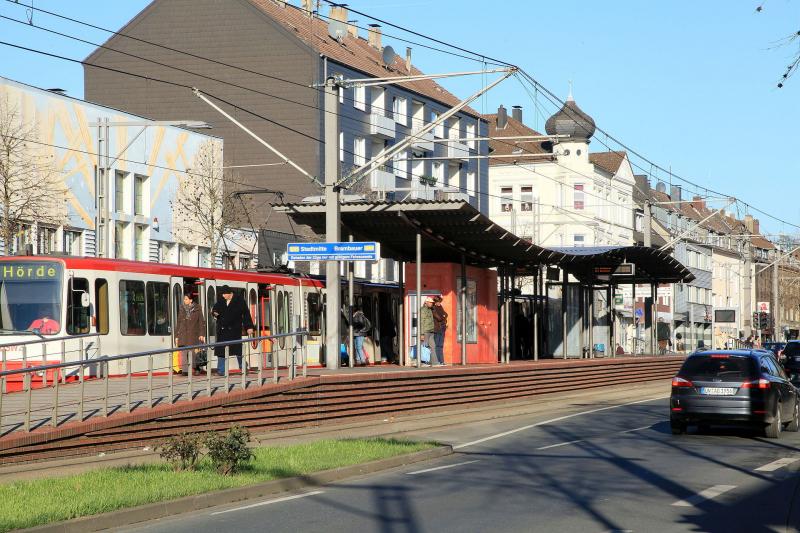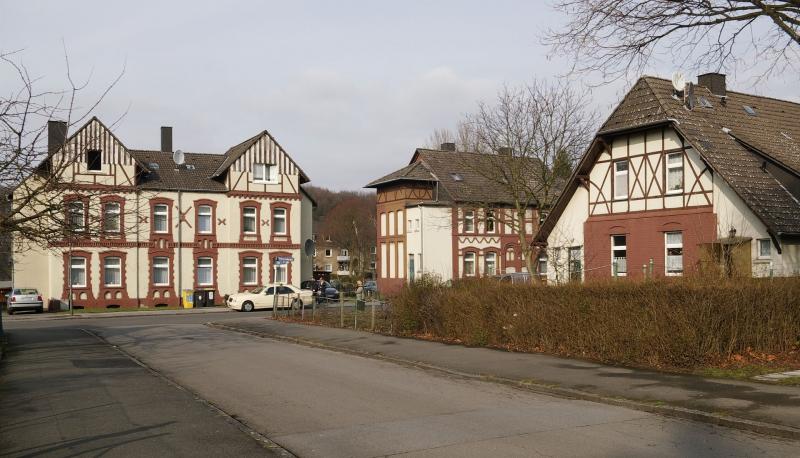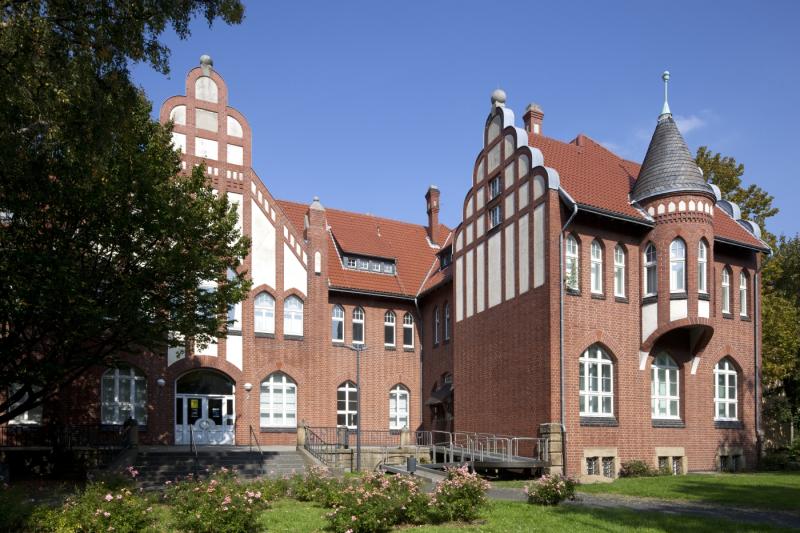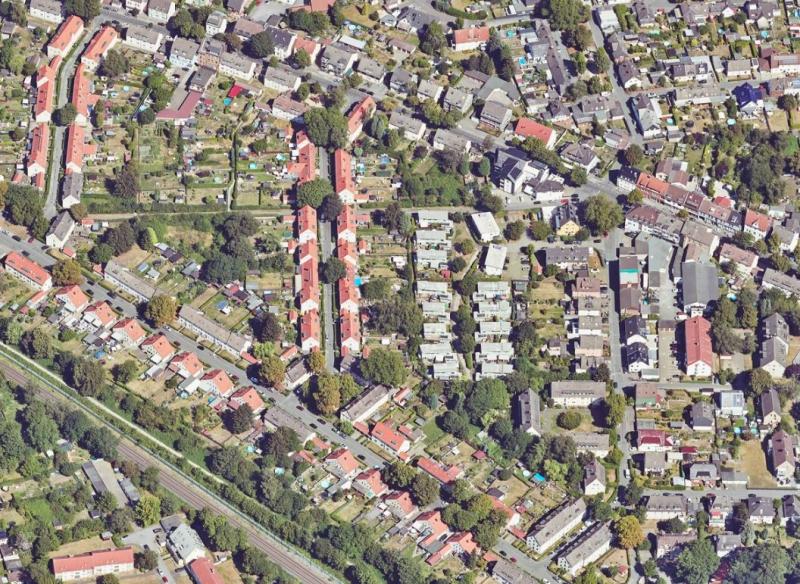Evinger Platz, 44339 Dortmund
Icon legend
![]() This icon indicates an awarded building
This icon indicates an awarded building
![]() This icon indicates a listed building
This icon indicates a listed building
![]() Projects with this logo are on the UNESCO World Cultural Heritage list
Projects with this logo are on the UNESCO World Cultural Heritage list
![]() Project has been converted, renovated or extended
Project has been converted, renovated or extended
x close
![]()
![]()
1856 / 1999
- keine Angabe -
Bahl + Partner Architekten
(redesign 1999)
Theodor Sprenger, Heinrich Grimberg
(initial building 1856)
Advanced search with more criteria
Total projects: 483

44339 Dortmund
Distance: 0.17 km

44339 Dortmund
Distance: 0.77 km

44339 Dortmund
Distance: 0.78 km

44339 Dortmund
Distance: 1.18 km
To mine the coal fields in Dortmund’s north, in 1859 "Gewerkschaft Vereinigte Borussia" was formed, which changed its name to "Gewerkschaft Minister Stein" in 1871.
The first shaft was sunk in 1871 but due to a huge water inrush extraction only was started in 1875. After the merger with Bergwerksgesellschaft Fürst Hardenberg, a second and third shaft were sunk in 1891 and 1901 respectively.
Since the opening of the Dortmund-Ems-Kanal in 1899 Zeche Fürst Hardenberg had a port. When Minister Stein was turned into a large pit, a fourth shaft was sunk. Above shaft IV looms a modern steel hammer head tower, now a landmark of the district. Thanks to the progress made in steel construction, the two hauling machines could be placed in the head of the tower above the shaft to save space. The tower was the first in Germany that could serve two shafts.
Minister Stein was shut down on March 31, 1987, as the last Dortmund pit. Most surface facilities were demolished. The hammer head tower with the two hauling machines from 1932 and 1959 and the admin buildings and baths are still extant.
Within the framework of the IBA (international construction exhibition) project Neue Mitte Dortmund-Eving the former facilities were converted into a service centre and commercial estate and the extant industrial monuments integrated there.
The district thus also got a new heart, as it were. An office building mounted on pillars beneath the hammer head tower draws upon the shape of the former drop bank. The pit frame itself has also been converted into an office building.
Author: Route-der-Industriekultur / Editorial baukunst-nrw
Text last changed on 18.05.2009
Categories:
Architecture » Commercial Buildings » Offices